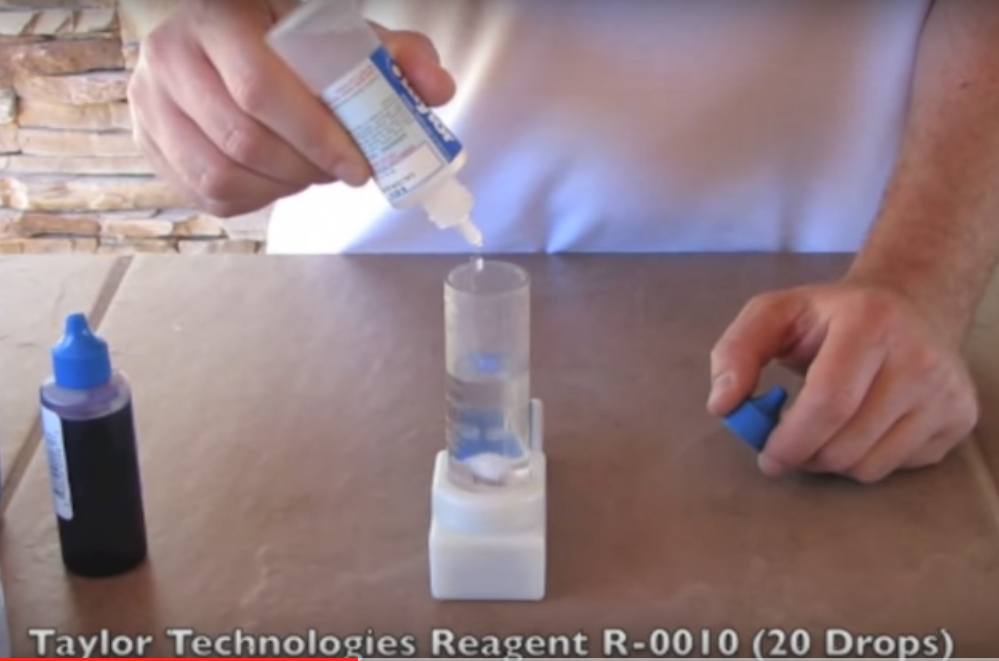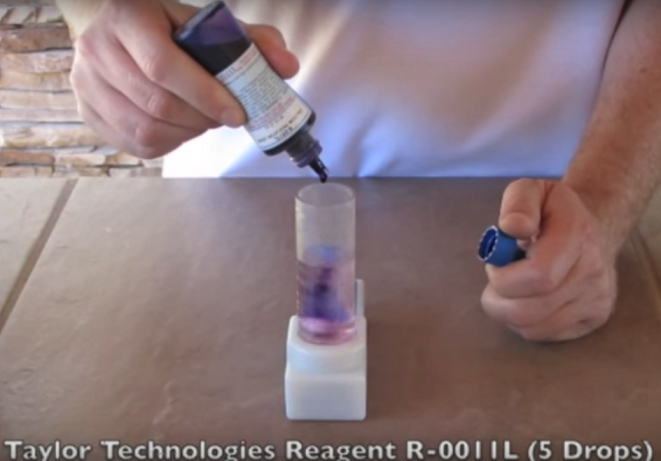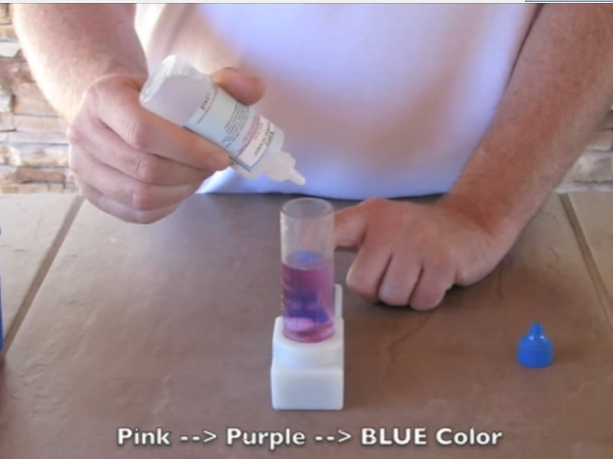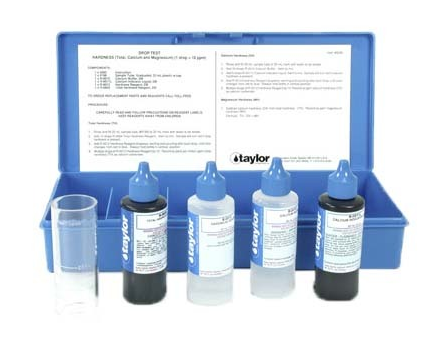How to Test Calcium Hardness in Pool Water?
Posted by Ken Scheer on May 10, 2017
If you live in the Southwest United States, dealing with hard water issues is extremely common. When you refer to hard water issues it's specifically referring to calcium hardness which there are high levels of it in our tap water. With high levels of calcium hardness comes other issues which are what we want to discuss in this blog post. Calcium hardness causes scaling to occur on our shower heads and faucets, it leaves spots on our counters, dries out our hair and can be hard to remove when it rises in concentration. Knowing what it can do in your house and to your appliances could you imagine what it does to your swimming pool? Calcium hardness in pool water if left untreated causes issues that can destroy your filtration equipment and be an eyesore to look at. With that said, we want to explain what it does and how to test for it too!
As pool water evaporates, calcium remains in solution and gradually builds up in concentration. When levels get high scaling occurs on the water tile line, interior finish of the pool, filtration equipment, spillways and decorative tile. As this water runs through the pool plumbing it can build up and cause scaling in your plumbing as well. Ultimately, if left untreated it can cause thousands of dollars in damage to your pool and can be extremely expensive to remove. So, we will discuss how to test calcium hardness levels in your pool by using Taylor test kits which are what we find to be the most accurate.
We use the Taylor reagents and speedster because they are easy to use and extremely accurate. The following is a step by step guide to follow that will teach you how to test calcium hardness:
- Add pool water to the plastic container and add the pill (magnetic stirrer).
- Turn the speedster on.
- Add 20 drops of reagent R0010 to the water which neutralizes it and prepares it for testing.

- Add 5 drops of reagent R0011 to the water which will turn it a pinkish color.

- Add drops of reagent R0012 to the water and count the drops, each drop has a value of 10 parts per million (ppm).

- Stop using reagent R0012 when the water turns blue. At this point, you can take the number of drops and multiply it by 10 to get your parts per million calcium hardness.
So, if you dropped 50 drops of R0012 into the mixture you will have 500ppm calcium hardness in your swimming pool water. Typically, you will want 200 - 400 ppm in your swimming pool so anything above that is considered high.
If you should have any questions on how to use Taylor test kits to test calcium hardness or want to purchase a set today, CLICK HERE!

